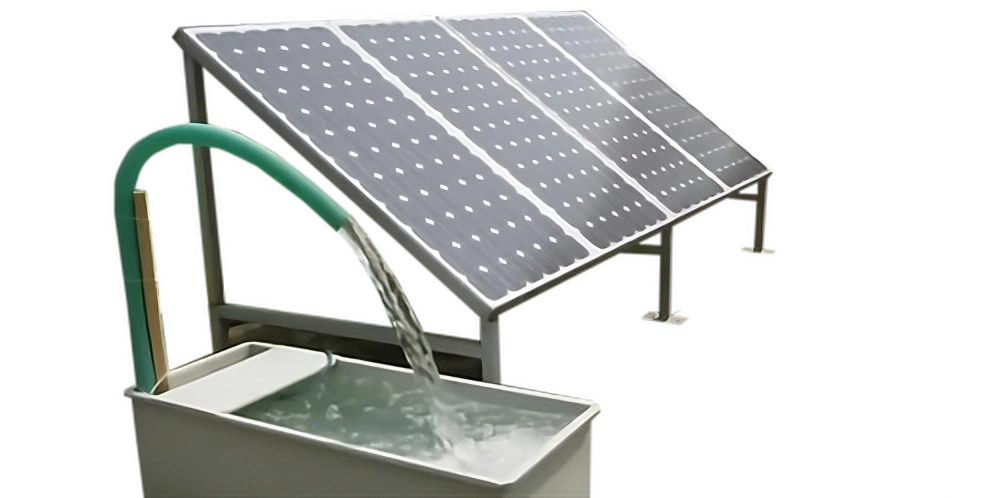
Pumps play an essential role in moving fluids—whether it’s water, oil, chemicals, or gases—in a variety of industries including agriculture, construction, water treatment, oil and gas, and manufacturing. But behind every efficient pump lies a well-engineered pump structure that ensures reliable performance, long life, and energy efficiency.
The pump structure refers to the physical and mechanical components that make up a pump system. It includes everything from the casing and impeller to shafts, seals, bearings, and the motor assembly. Understanding the structure of a pump is key to selecting the right one for a specific application and maintaining its performance over time.
Regardless of type or size, most pumps share a few essential structural elements:
The casing is the outer shell that houses all internal components of the pump. It provides support and protection while also controlling fluid movement. Casings are usually made of cast iron, stainless steel, or thermoplastics, depending on the fluid type and pressure requirements.
There are two main types of casing:
Volute casing: Converts velocity into pressure in centrifugal pumps.
Diffuser casing: Used in multi-stage pumps for high-pressure applications.
The impeller is the rotating part of a centrifugal pump that imparts kinetic energy to the fluid. Its design—open, semi-open, or enclosed—affects efficiency and application suitability.
The shaft connects the impeller to the motor and transmits mechanical energy to the impeller. It is typically made of stainless steel or high-strength alloys to withstand torque and fluid corrosion.
Bearings support the shaft and allow smooth rotation with minimal friction. They are crucial for maintaining pump alignment and prolonging the pump's life.
To prevent fluid leakage along the shaft, pumps are fitted with mechanical seals or gland packing. Mechanical seals offer better durability and are preferred for modern, high-pressure systems.
Pumps are powered by electric motors, diesel engines, or hydraulic drives. The motor is usually mounted directly on the pump or coupled to the shaft via a flexible coupling.
The baseplate supports the entire pump assembly, ensuring alignment and minimizing vibrations. A well-structured base is vital for operational safety and stability.

Pump structures vary based on pump types, which include:
These pumps use an impeller to create centrifugal force and move liquid. Their structure includes a volute casing, impeller, and shaft, and they are commonly used in water supply, irrigation, and HVAC systems.
These pumps displace a fixed amount of fluid with each stroke or rotation. They include gear pumps, diaphragm pumps, and piston pumps. Their structure often involves a chamber, inlet/outlet valves, and a reciprocating or rotating mechanism.
Designed to be placed entirely underwater, submersible pumps have sealed motors and casings. These are widely used in drainage, sewage, and borewell applications.
These pumps move fluids through a flexible tube using rollers or shoes. Their unique structure allows for contamination-free operation, ideal for pharmaceuticals and food processing.
When engineers design or select pump structures, they consider several critical factors:
Fluid Type: Viscous, corrosive, abrasive, or chemical fluids require specific materials and seal types.
Flow Rate & Pressure: Determines the pump size, impeller design, and motor rating.
Installation Environment: Whether the pump is indoor, outdoor, submersible, or portable affects the structure.
Maintenance Requirements: Some structures are easier to disassemble and clean, important in industries with strict hygiene standards.
The versatility of pump structures allows them to be used in:
Agriculture: Irrigation pumps, booster pumps for crop fields
Industrial: Cooling, lubrication, or chemical transfer systems
Construction: Dewatering sites, concrete pumps
Municipal: Water supply, sewage handling, fire-fighting systems
Oil and Gas: Transferring fuel, oil, or hazardous chemicals
HVAC: Circulating water in heating and cooling systems
A properly maintained pump structure leads to higher efficiency and lower operational costs. Regular checks should include:
Inspecting seals for leaks
Checking alignment of shafts and motor
Lubricating bearings
Monitoring vibration and noise
Cleaning or replacing impellers if needed
Understanding the structure of a pump is essential for choosing the right equipment, ensuring durability, and achieving optimal performance in any fluid transfer system. Whether for a small household water pump or a large industrial system, the structural design determines the pump's efficiency, safety, and reliability.























